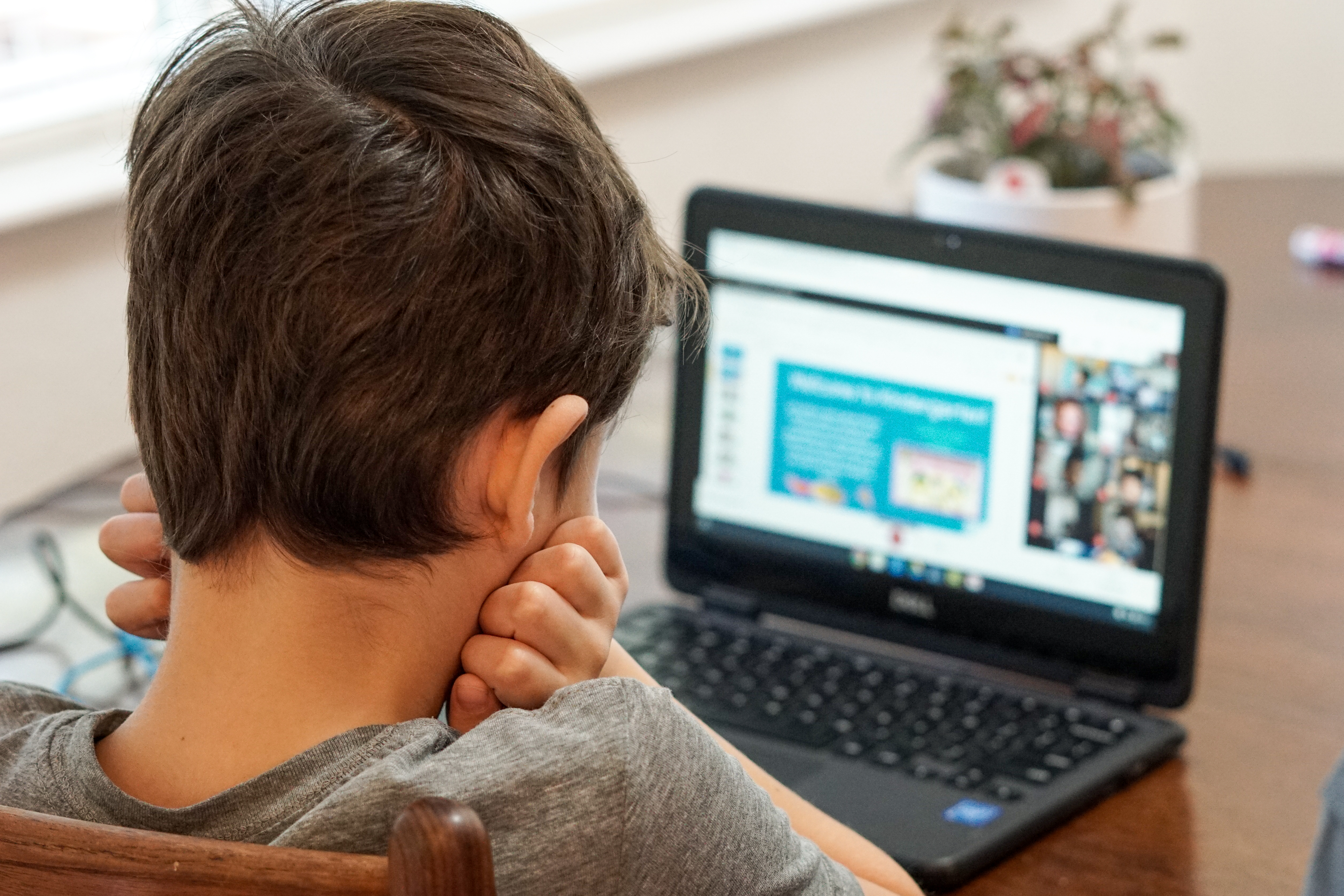
During the global health crisis, technology stood at the forefront of education. Nearly all schools were forced to move classes online to mitigate the spread of the COVID-19 virus. According to a report by UNESCO, 65% of the global student population still studies online. On average, schools worldwide enforced total closures for a total of 18 weeks (4.5 months), while partial closures amounted to an average duration of 34 weeks (8.5 months).
Though virtual learning was initially a stopgap solution, its widespread use highlighted the power of using technology to support learning. If the pandemic occurred before the world developed technology that could support distance learning, millions of students would not have any access to education.
And virtual learning is only one of the benefits technology offers. Aside from bridging the gaps in a socially distant world, technology can also improve educational inequality for students with disabilities and underserved populations, make learning more engaging, and tailor education to each student’s specific needs. Here’s why technology is the future of learning.
Technology Makes Learning More Accessible
Technology can help students with disabilities, who tend to struggle with learning materials that were not designed without their needs in mind. Tech companies have developed AI solutions that can caption Zoom calls in real-time, improving virtual learning for students with hearing disabilities. AI can also automate note-taking for students with poor mobility. Assistive technologies, such as screen readers and voice-to-text, have also made learning easier for students with vision problems.
Technology Makes Learning More Affordable
Technology, particularly the internet, can also reduce the cost of education. Students without fewer financial resources can look for online tutorials on YouTube and other video platforms to access learning materials for free. They can also look into online courses, which tend to be cheaper than in-person classes. Online college degrees, in particular, can reduce the additional costs of education, like transportation and accommodation.
Technology has even improved learning for low-resource communities. In Uruguay, teachers replaced math textbooks with bettermarks, an interactive learning platform that provides guided mathematics exercises, complete with constructive feedback. Since the platform only costs 1.5 USD per student, it allowed schools to cut down costs while still delivering quality education.
Technology Makes Learning More Engaging
Education no longer has to be as straightforward as listening to lectures. Teachers can use technologies like games and augmented reality to better illustrate complex concepts. For instance, app developer AR anatomy used augmented reality to give students a deeper understanding of the human body.
Technology doesn’t just make complex subjects easier to understand. It can also make them more fun to engage with. Playing with Matatalab's STEM toys, for example, can give students hands-on experience with the topics they read about and make kids more excited to learn. And when they’re excited, they’re more likely to absorb information. Studies have shown that games can improve focus, which enhances a child’s ability to learn.
Technology Can Be More Motivating
Though scoring high on a textbook assignment or test can be rewarding for many students, not all children might see or understand the value of these marks. On the other hand, games and toys can give children a clearer reward for their learning efforts. Children who work on Matatalab's coding robot, might be more eager to learn coding, since their efforts will help their robots perform more interesting actions. The toy gives them a clear and fun end goal to work towards.
From young children that use toys and games to absorb complex subjects to students with disabilities that need assistive solutions, everyone benefits from technology in learning. With technology, our world can slowly become more educated.
Thanks to the writer: Alex Charmer